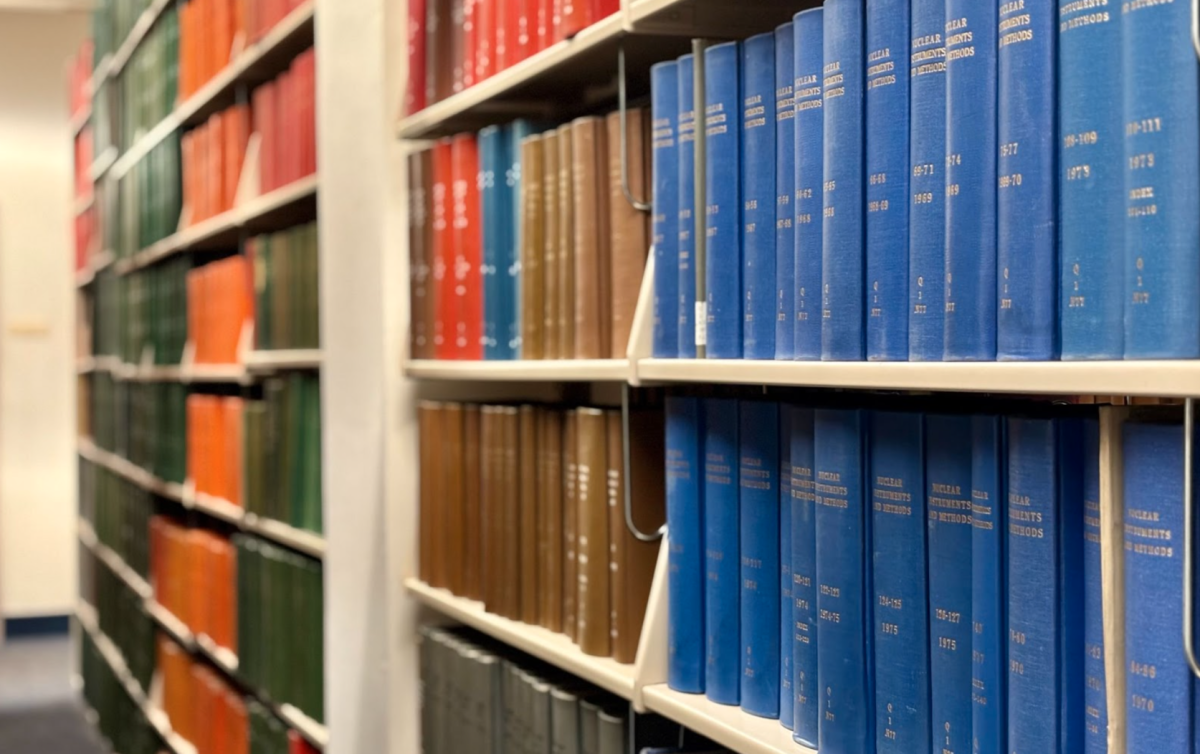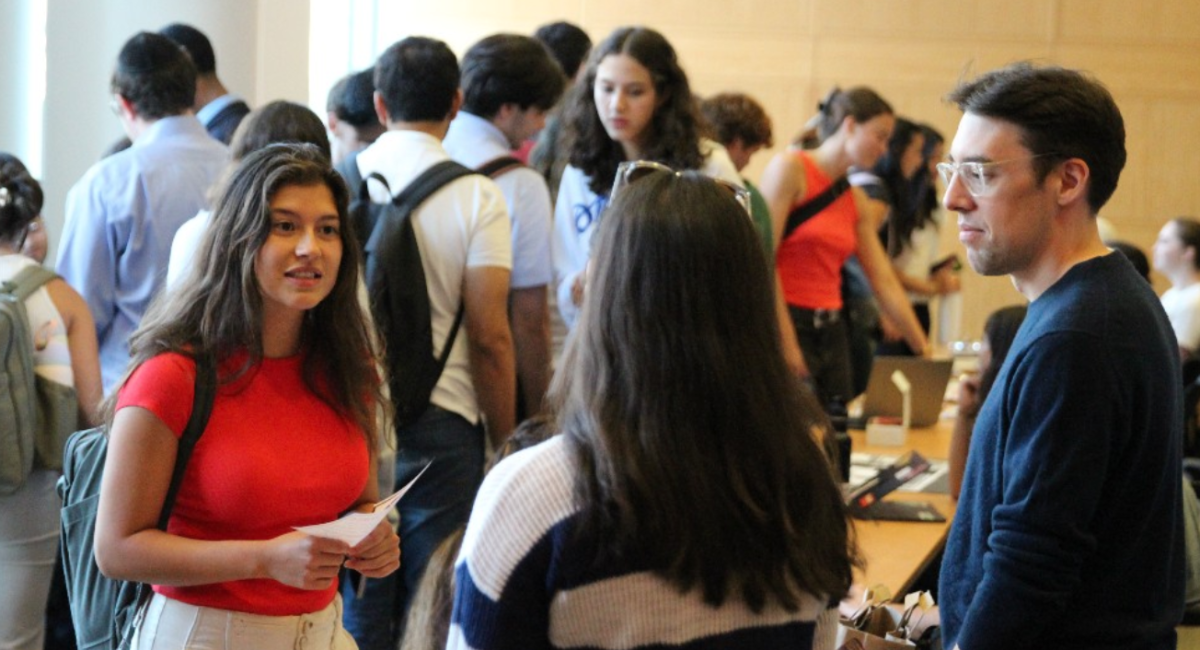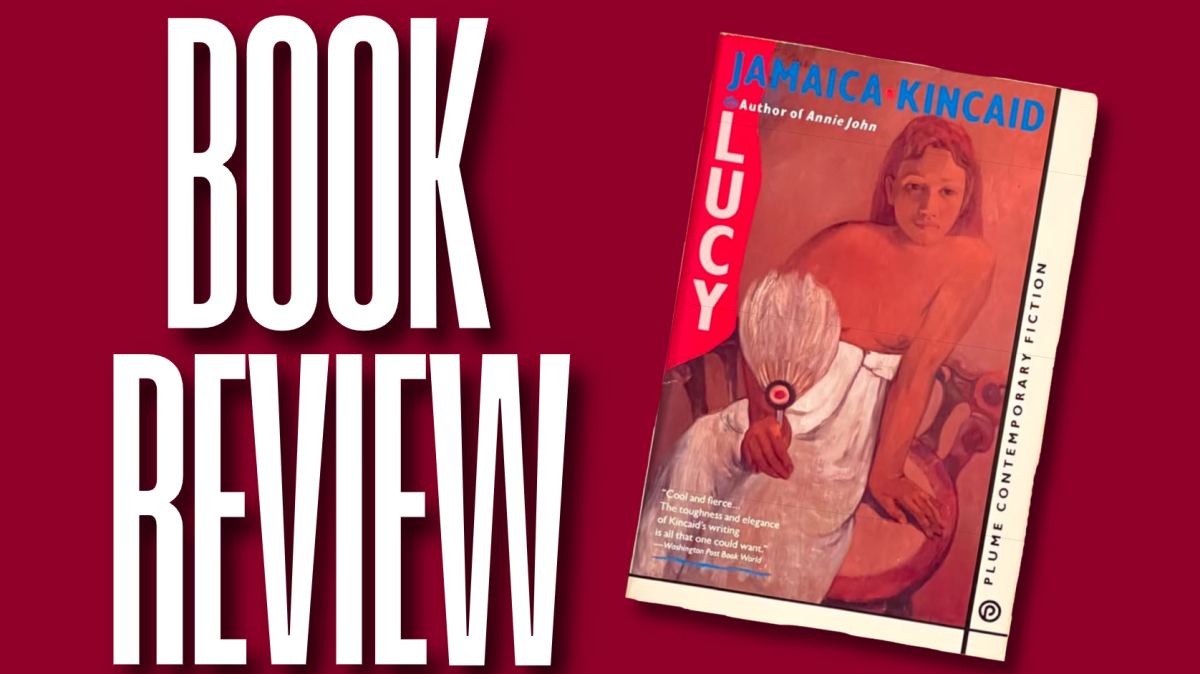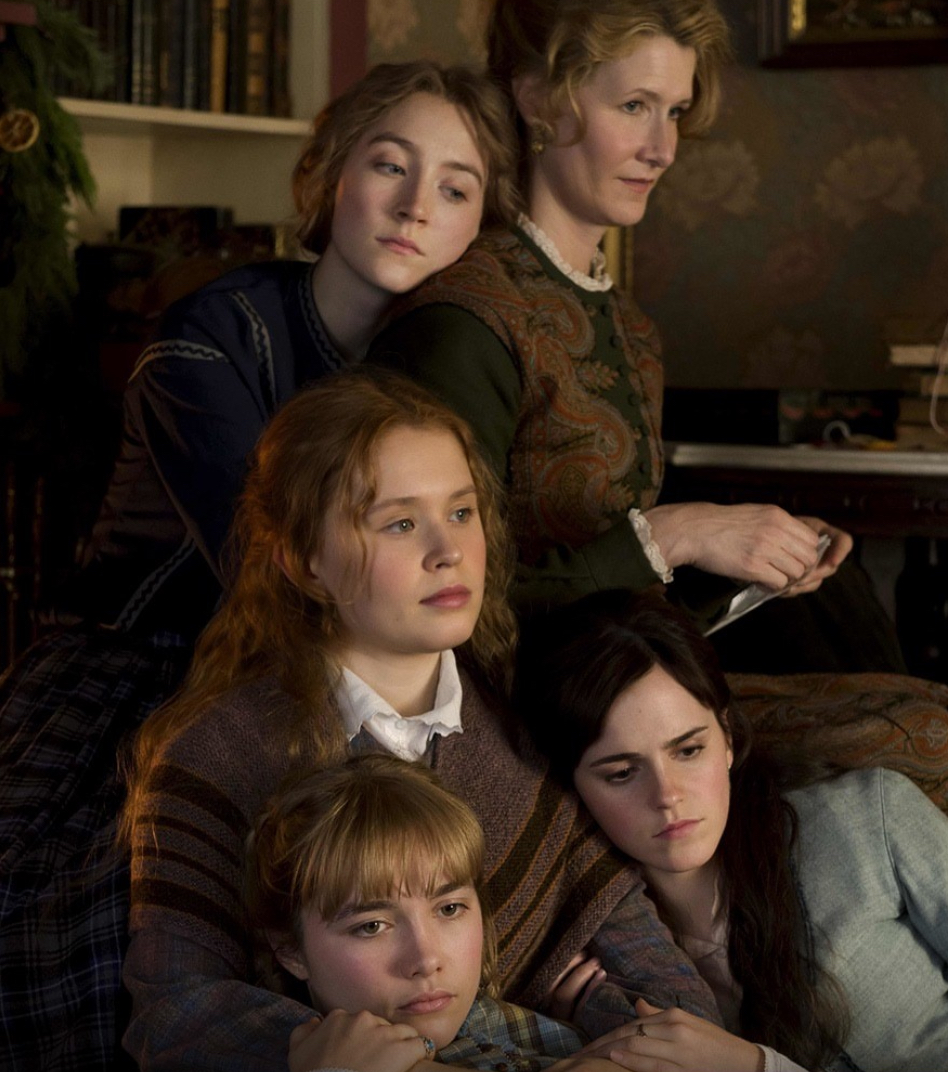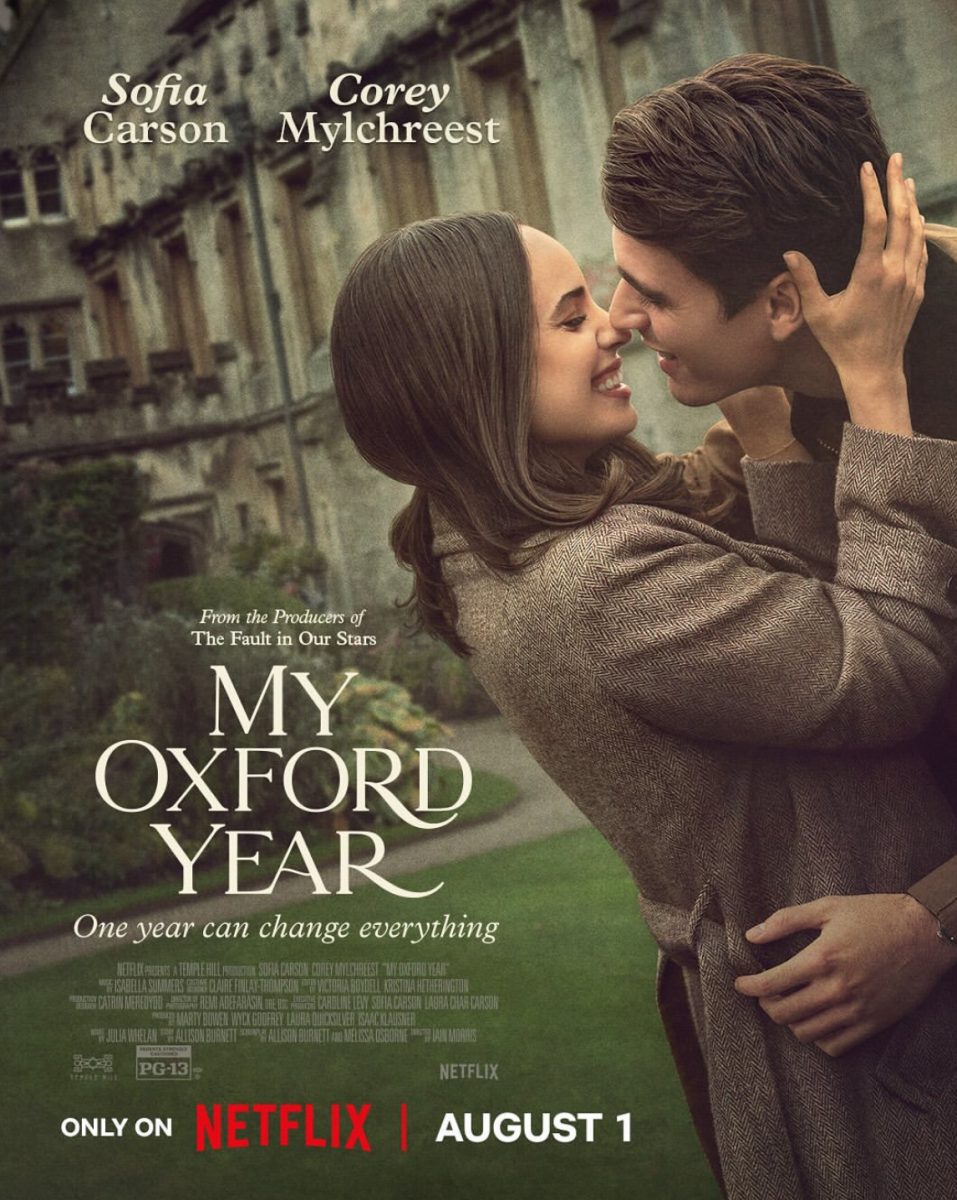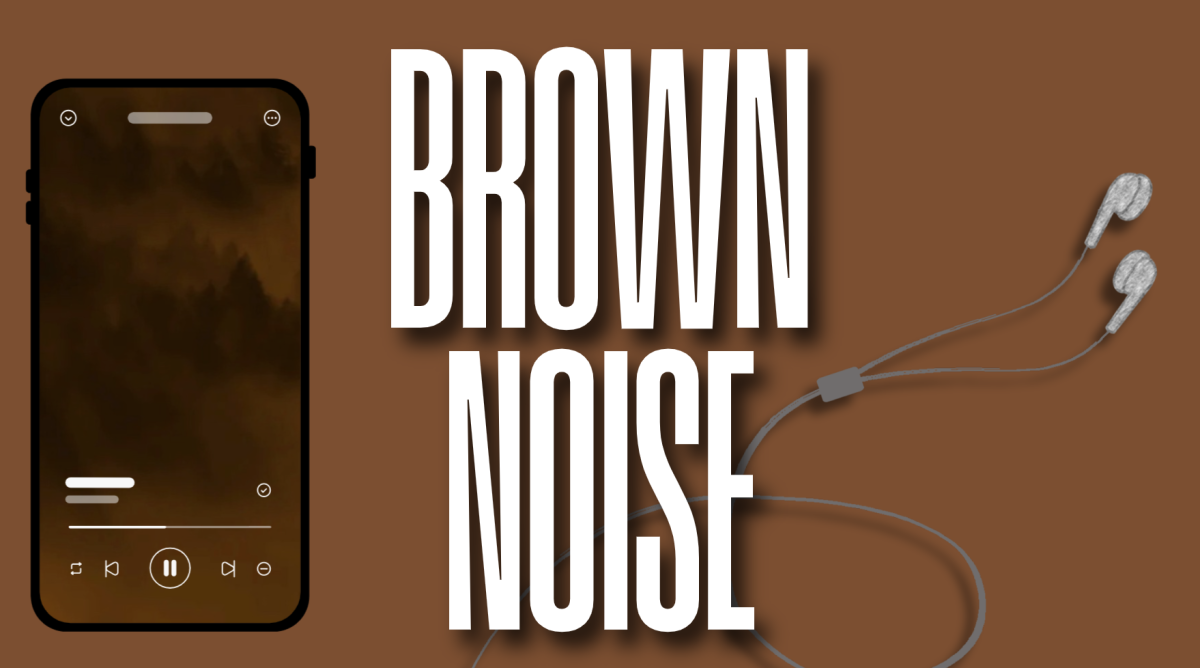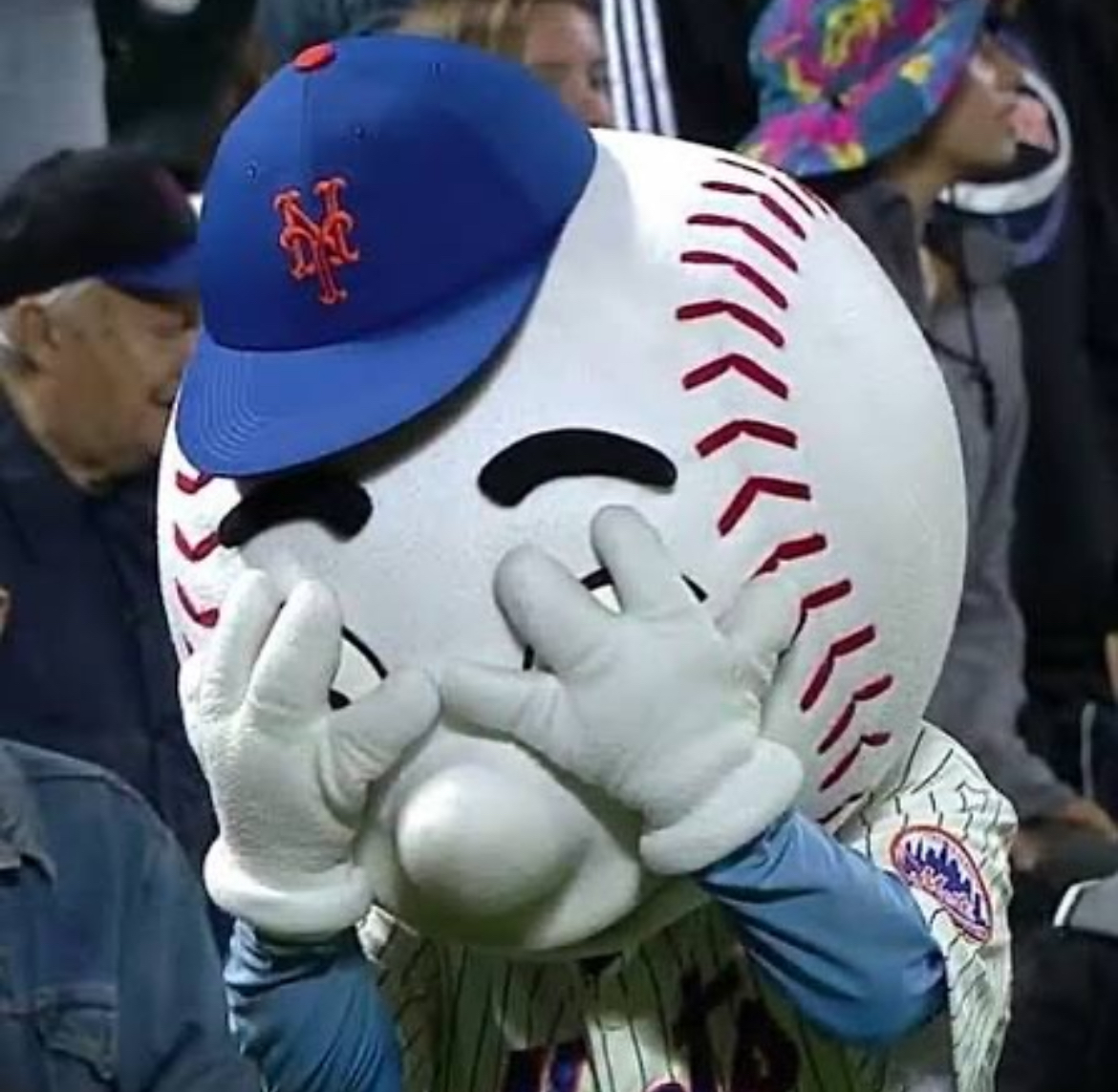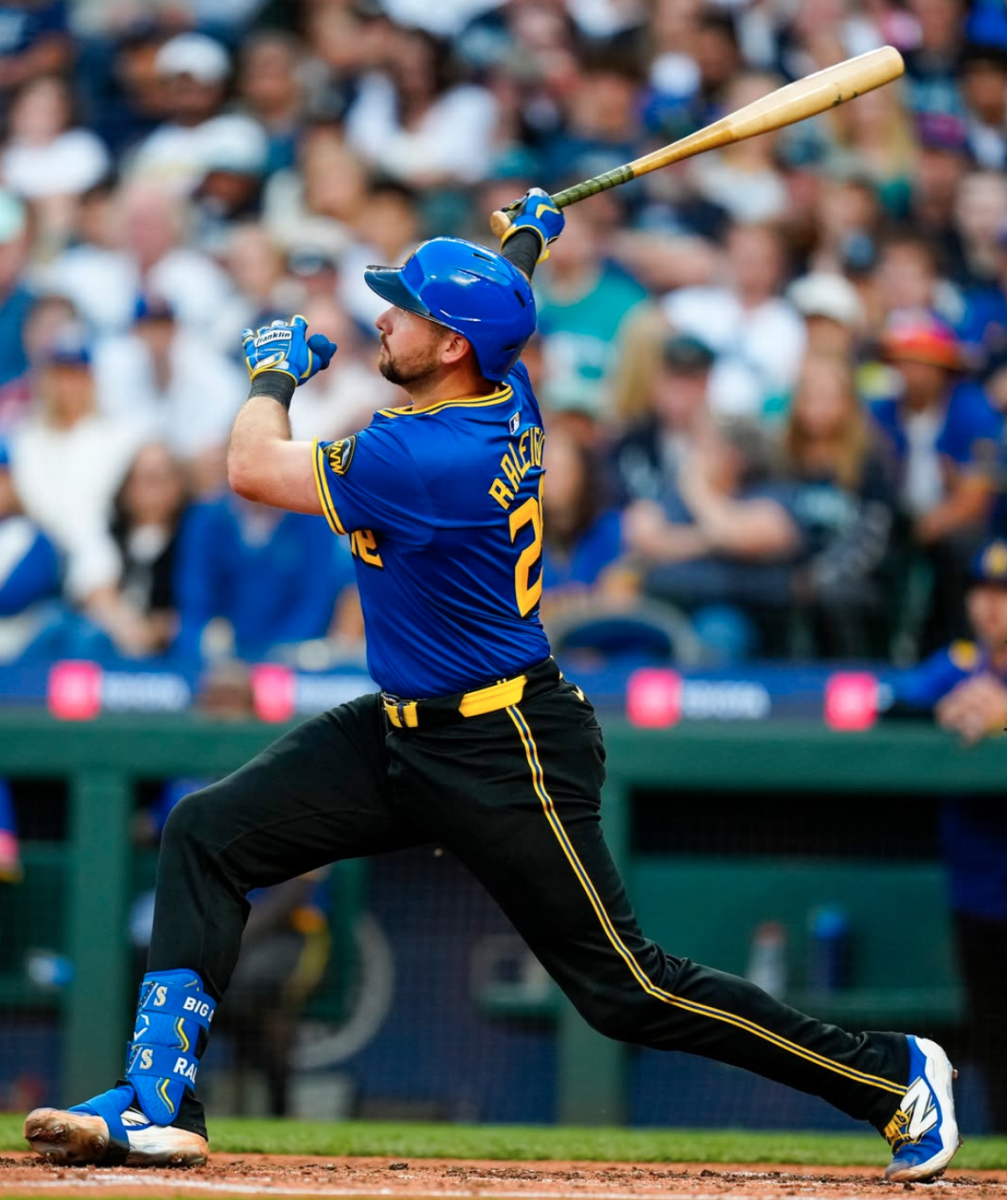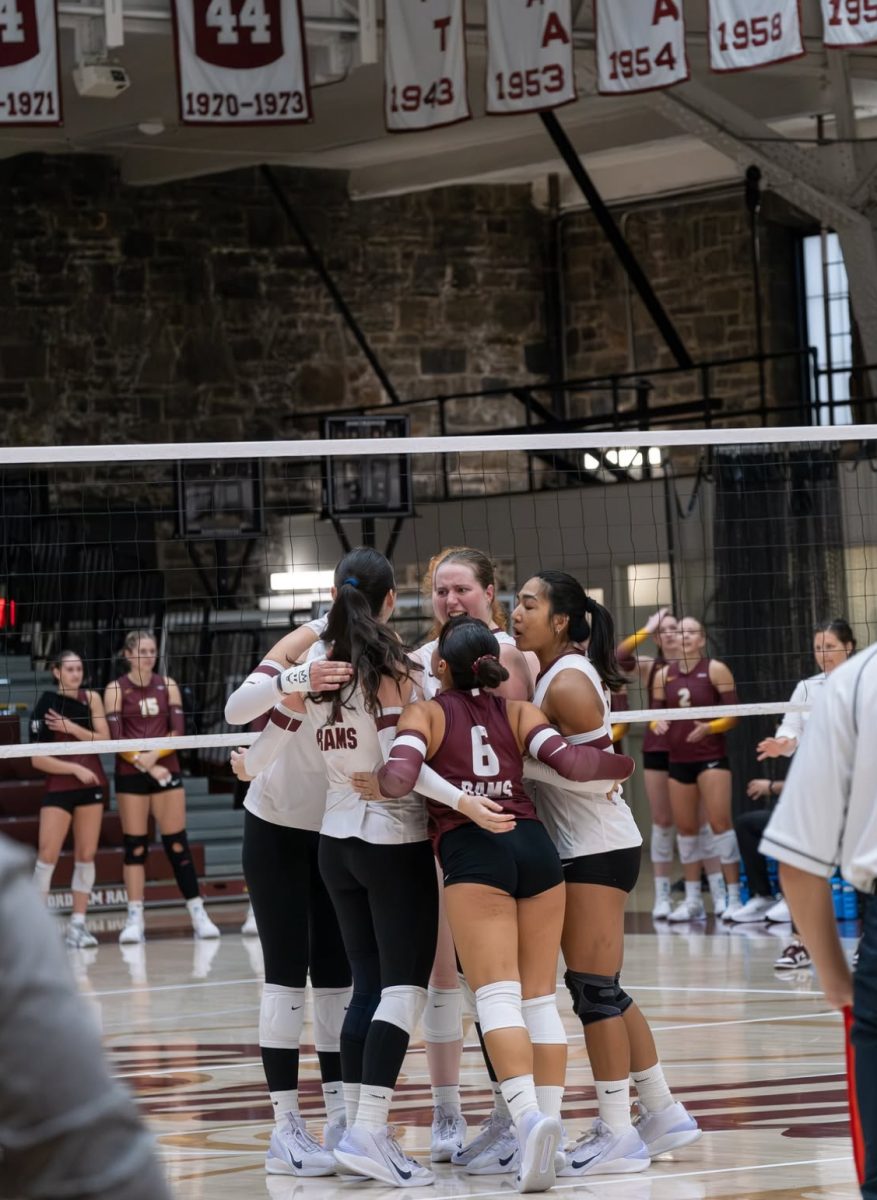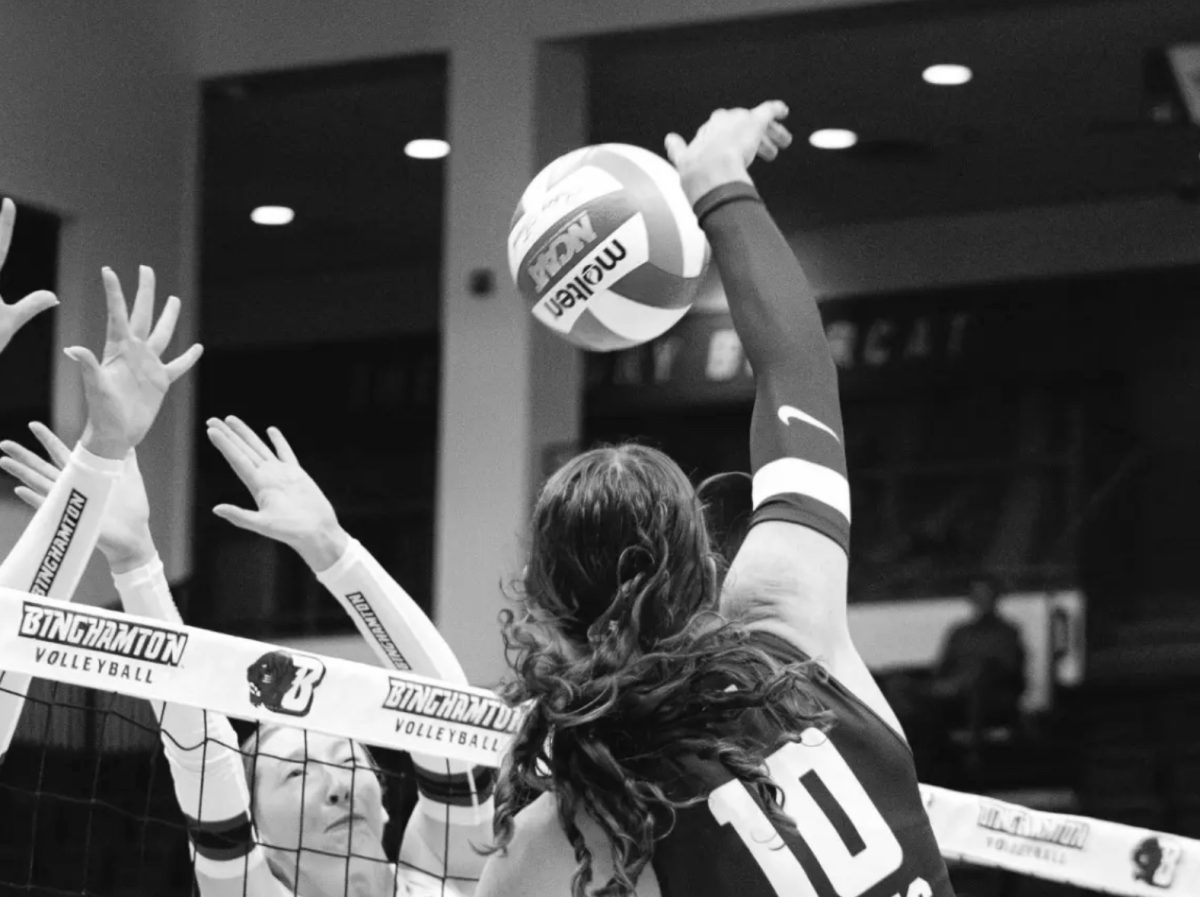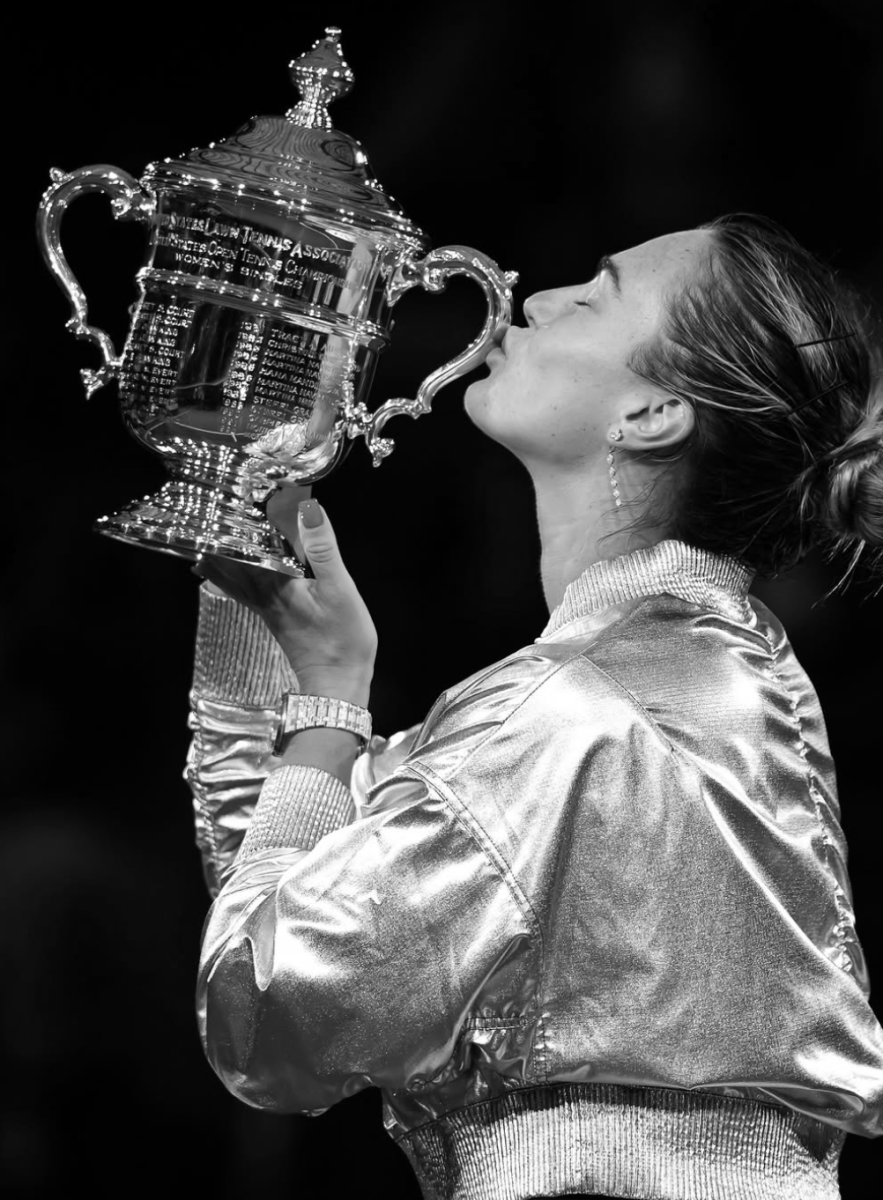Recent released NYPD body cam and CCTV footage shows officers pursuing a suspect, Derrell Mickles, into a subway station after he jumped a turnstile without paying.
Mickles stayed near the entrance to the station after officers followed him out but entered again through an emergency door as some customers exited through it, all while holding a knife. The officers followed him up the stairs to the platform of the station while Mickles yelled at the officers and boarded a train while the officers repeatedly demanded he put the knife down. The NYPD officers drew their tasers and fired. However, it seems that Mickles appeared to be unaffected by the tasers’ non-lethal effects and continued walking around.
After being tased, Mickels ran out of the subway car and charged one of the officers with the knife, which led the NYPD officers to draw their firearms and fire nine rounds at Mickels.
Mickels was later indicted on eight counts, but, unfortunately, there were further issues than the injuries that Mickels sustained in the incident. One of the officers involved and two bystanders sustained injuries. Specifically, a 49-year-old man, Gregory Delpeche, was hit in the head by one of the shots fired.
When asked about what had happened, Delpeche’s family has described the incident as being reckless and called for a thorough investigation. One of Delpeche’s cousins spoke about the incident: “My cousin is fighting for his life, every day from Sunday. A gunshot wound to the head. Make it make sense.”
With so many elements at play with this incident, it’s hard to say which problem outweighs the others. Is it a problem of judgment on the part of badge-holding officers? Does this incident just further display that citizens in the city should be worried about concealed knives or potential violence on their commute? Or, should New Yorkers be concerned that they’ll be hurt when officers are trying to do their jobs and subdue someone who could do equal if not more, harm than what happened here?
Delpeche and his family would probably answer yes to all of these questions. Both Mickles and his attorney will most likely argue in favor of most of these in court when he’s before a judge. But Mickles will have to answer for why he chose to disobey law enforcement officers, why his actions led to Delpeche and an NYPD officer being injured and why the incident caused chaos for people in the subway on their commute.
The real meat and potatoes of this issue is the one that is staring everyone in the face: How should officers deter and respond to crime while also protecting the public? There are many questions that are currently unanswered regarding this incident. Why didn’t the officers who entered the subway looking for Mickles after he first jumped the turnstile choose not to approach him before he entered again? Did they not make their presence and authority clear? Why didn’t they stop him from entering? Even further, how did they not anticipate him entering the subway again? Especially since he was standing right next to each of the officers and the emergency door.
I’m sure that a political analyst on any major media outlet will make the point that if officers didn’t have guns in this instance, things could’ve ended better. But that point is moot because it’s purely hypothetical. The fact is, tasers didn’t deter Mickles, let alone phase him. He kept walking with the knife after being tased.
Instead of drawing their guns, what should officers have done next? Say they used pepper spray on Mickles right after their tasers appeared to have no effect. Would it be justified if other individuals in the subway cars or platform were hit? Also, how could the officers be sure that the spray would’ve worked on Mickles either?
Going even further in this hypothetical circumstance, what if the officers didn’t have time to consider quickly pepper spraying Mickles, and he killed one of the officers or someone on the train with the knife he was holding? There was not a preferable option in this instance, and the “game-time” decision solved one problem but caused many others.
I don’t think anyone could characterize this incident as being perfect, let alone being anywhere near it. The fact is, Delpeche should never have been shot when he had nothing to do with what was happening. But thinking through hindsight doesn’t solve this problem. The NYPD officers were doing their jobs by trying to keep others on the train safe while Mickles was disobeying an order from a uniformed official, all while wielding the potential to harm the officers or anyone around him. But the officers should have known that the train car behind Mickles was occupied.
One of the golden rules of gun safety is that you don’t pull the trigger unless you’re absolutely certain that what you’re firing at is what you intend to hit. The officers didn’t intend to hit Delpeche, but they hit him nonetheless. What’s concerning is that if I, as a 20-year-old college student, can understand this, then uniformed, trained and on-duty NYPD officers should also understand it.
NYC Mayor Eric Adams also released a statement on the incident: “While this matter remains under investigation, the NYPD’s initial review found that this shooting took place after the suspect involved brandished a dangerous weapon and put the officers’ lives at risk.” While the problem of violence in the city isn’t going away anytime soon, I hope this incident shows one thing: choices have consequences. They did for Mickles, they did for the officers who fired their weapons and they certainly did for Delpeche. The important take-away from this incident is that whoever tackles problems like this, to solve them in the future, needs to consider the safety of the public, of police officers and of potential victims.
Michael Duke, GSB ’26, is undecided from Scottsdale, Ariz.



